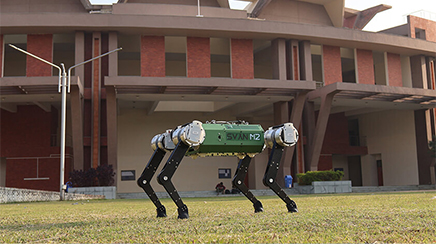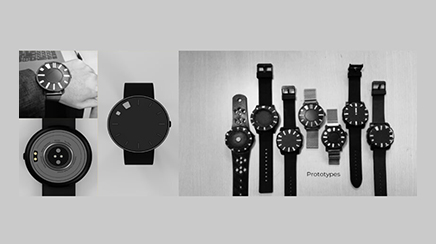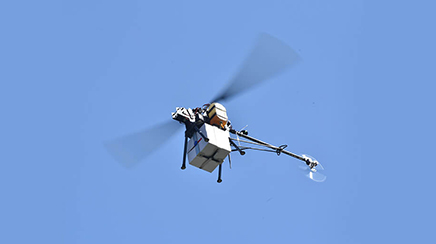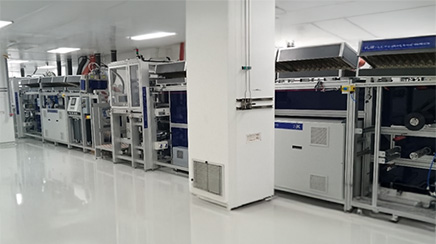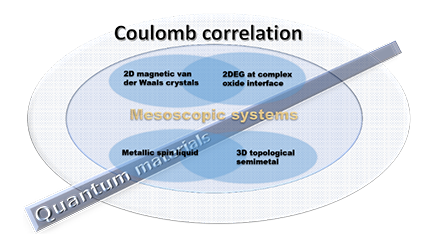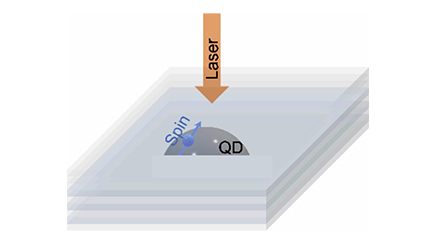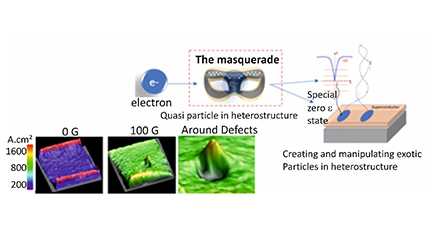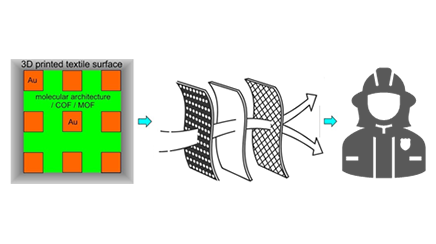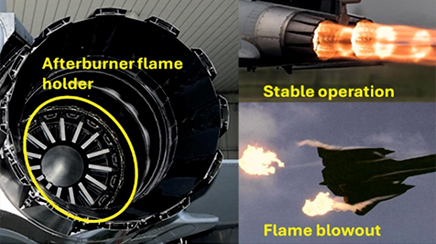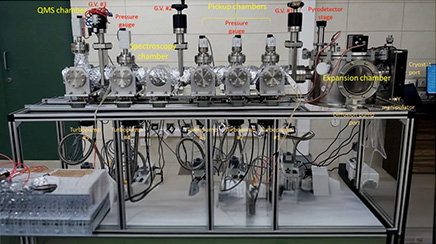
A helium droplet spectrometer is being set up at IIT Kanpur, which will be the first such spectrometer in India and one of the ~15 in the whole world.
Helium droplets are clusters of helium atoms, which have an equilibrium temperature of 0.37 K. These droplets are superfluid. Molecular beams of these droplets can be produced by expanding ultrapure helium gas (99.9999% purity) into the vacuum (~1 × 10-6 mbar) from a precooled nozzle (temperature 8-22 K, backing pressure 20-80 bar) of 5-micron diameter. The produced droplets then pass through multiple vacuum chambers, which have a background pressure of < 5×10-9 mbar and are finally detected by a quadrupole mass spectrometer attached to the last vacuum chamber. Isolation of single molecules as well as the formation of large molecular aggregates can easily be achieved inside droplets. Molecular-level pathways of chemical reactions, occurring at sub-kelvin temperatures relevant to interstellar chemistry, can be traced. The project aims to study these molecular processes using high-resolution infrared spectroscopy. For this, the helium droplet setup will soon be coupled with a high-resolution (linewidth ~ 0.0001 cm-1), broadband (2500-4500 cm-1) mid-infrared laser source to study, e.g., O-H, N-H, C-H, O-D, C-D, and S-H, vibrations of the molecules and molecular aggregates.



